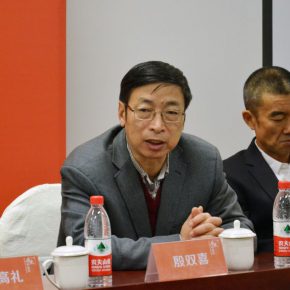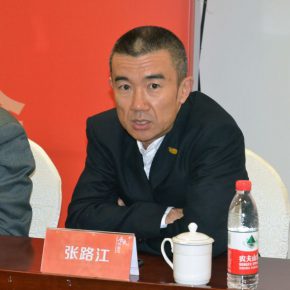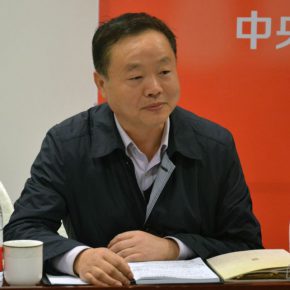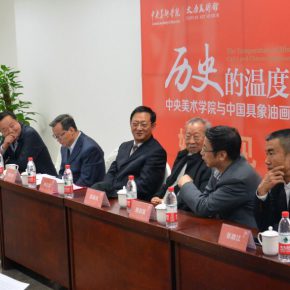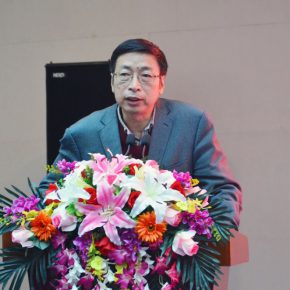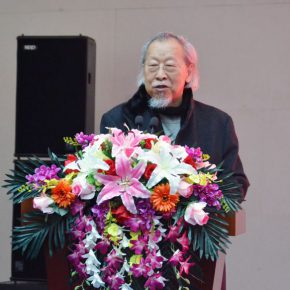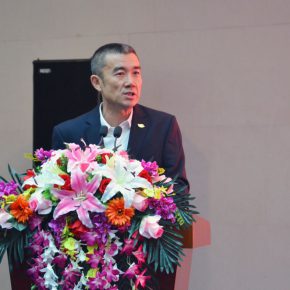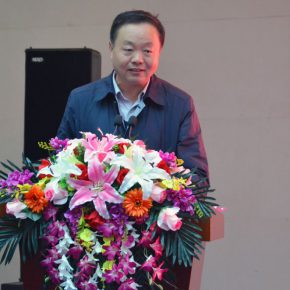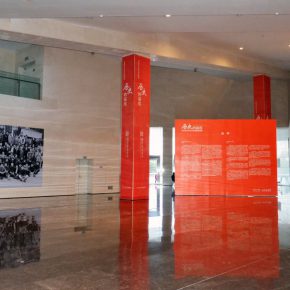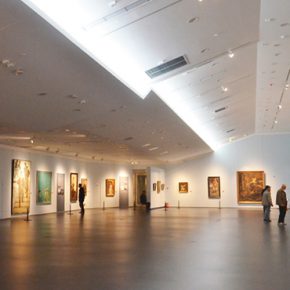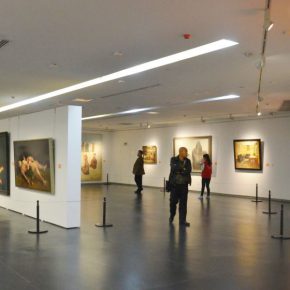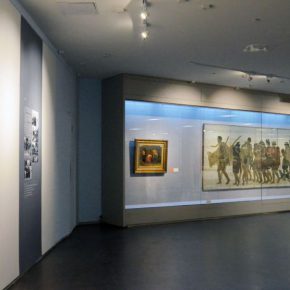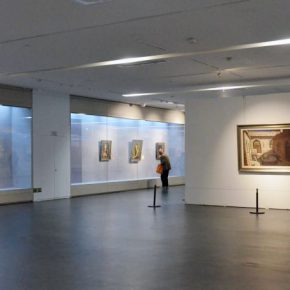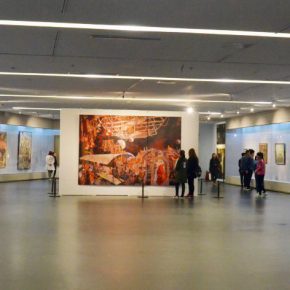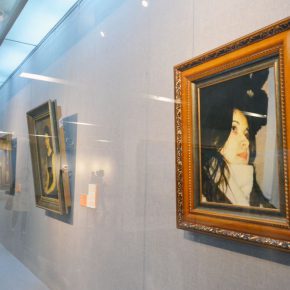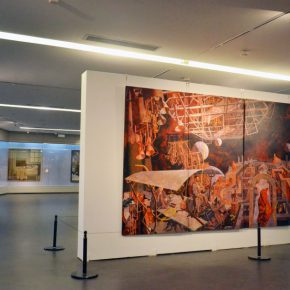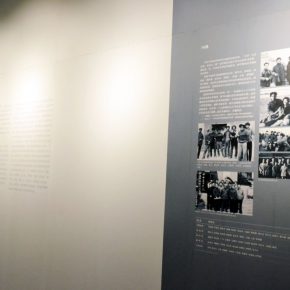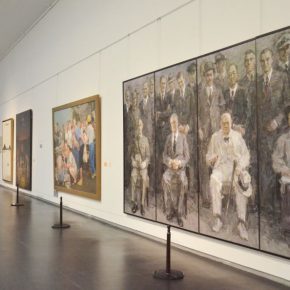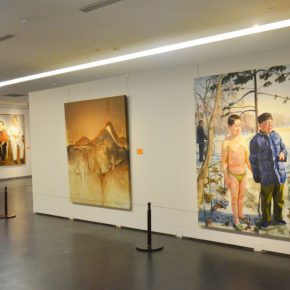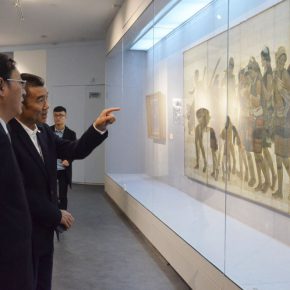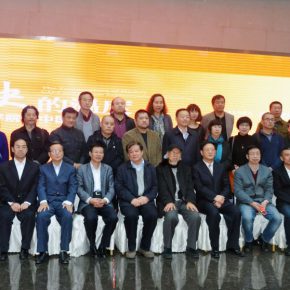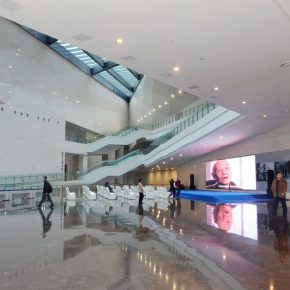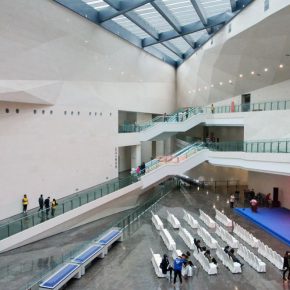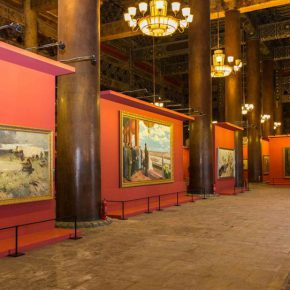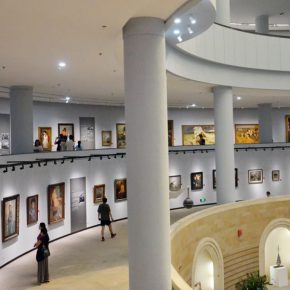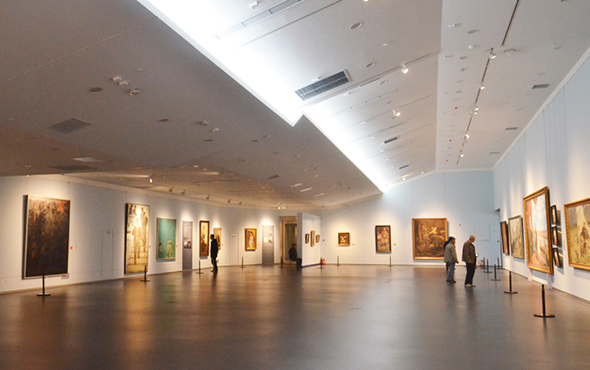
2015 “National Arts Fund Dissemination and Promotion Project” – “The Temperature of History: CAFA and Chinese Representational Oil Paintings” received the final show of the tour exhibition held at Taiyuan Art Museum on October 21.
Curated by Director of CAFA Editorial Office Yin Shuangxi, “The Temperature of History” is as a key part of the “One Hundred Years of Glory” project, and mainly includes the selected representational oil paintings of the 20th century collected by CAFA, as well as the collections of many other institutions and artists such as the National Art Museum of China, Xu Beihong Memorial Hall and the China Art Palace, aiming at comprehensively and systematically sorting out the outstanding achievements of “CAFA” and its predecessor National Beiping Art School in displaying the development process of Chinese art in the 20th century.
Review: Across 10 Provinces and Cities, It Lasts for 20 MonthsOn April 29, 2015, awarded the “National Arts Fund Dissemination and Promotion Project, “The Temperature of History: CAFA and Chinese Representational Oil Paintings” first kicked off at China Art Palace in Shanghai, it attracted more than 800,000 people to visit the exhibition. Since then, “The Temperature of History” exhibition has successively moved to Beijing, Nanjing, Ningbo, Jinan, Shijiazhuang, Wuhan, Xi’an, Chongqing and Taiyuan in Shanxi.
The exhibition is divided into five parts, including: “New Learning Enlightenment” which starts from the old oil paintings in the late Qing and early Republic of China and rare glass paintings, though it also contains more than 40 precious oil paintings, such as “Half-naked Woman’s Figure” by Li Shutong, “Portrait of Chen Shizeng” and “Portrait of Wang Mengbai” by Li Yishi, as well as many other important oil painters who had taught at the predecessor of CAFA which was the “National Beiping Art School” when they returned to China after they accomplished their studies abroad in Europe and America in the early 20th century; "National Narrative” showcases that CAFA has actively promoted socialist realistic art of Chinese art since the People’s Republic of China was founded, especially using major national historical themes as the main body, to build the historical narrative and collective memory of new China; “Artistic Essence” reveals that in the trend towards modern fine arts in the 1980s, China had researched neoclassicism and modern oil painting language from the perspective of western oil painting, which made the works obtain the visual power of an expressive force, being close to reality and offering a thoughtful depth; “Contemporary Concern” showcases the works by the famous senior professors of CAFA, the middle-aged and young teachers from various faculties, in addition to the works by advanced students and graduates. The works of diverse formal language and performance techniques showcase the broad cultural vision of contemporary painters, while it also maintains profound humanistic concern in contemporary society; “Original Works and Copies of Foreign Representational Paintings” showcases the copies of representational paintings of the West and former Soviet Union as accomplished by the teachers from CAFA when they visited the foreign art museums over the years. It can be said that the setting of the 5 parts does not only outline the creations of the oil painting group from CAFA through different historical periods, from the perspective of history, but also starts from the relationship between oil painting and the construction of the Chinese new culture to present the ontological value and cultural significance of oil painting.
Connotation and Challenge: Chinese “Representational Oil Paintings”This exhibition is entitled “Representational Oil Paintings”, which is different from traditional “Realism Oil Painting”, “Representational Oil Painting” refers to the paintings which can be distinguished by concrete images, while “Realism Oil Painting” refers to the realistic works in three-dimensional spaces. Here, the curator of the exhibition Prof. Yin Shuangxi advocated the use of “Representational Oil Painting” to replace the concept of “Realism Oil Painting”, which is included into the category of Representational Oil Painting so it can be re-understood.
However, in today’s globalized cultural context, in the times of an increasingly visualized visual reading process, many people can’t help but be confused though oil painting is a category that was brought to China more than a hundred years ago, what does it do today? It can be said that oil painting has developed from “oil painting” to “Chinese oil painting” in China, which reflects the characteristics of Chinese oil painting itself. But today, oil painting is not only an expressive language or a formal skill, but also a way for artists to express their feelings of the times, cultural concerns and artistic ideals. For the development of Chinese representational oil painting, it also offers a good background to enable us to think about this.
Historical Undertaking: “CAFA Oil Painting School”CAFA has a long history of teaching oil painting, and it also formed a growing team of oil painters in the course of running a school, and several generations of oil painters have had explorations and creations in oil painting with high ideals on specific historical conditions in the development of oil painting, thus forming the “Chinese Oil Painting CAFA Group” or “CAFA Spirit”, to a certain extent. The specific academic planning of the exhibition focuses on the relationship between the oil painting at school and Chinese oil painting.
The purpose of “The Temperature of History” is: to study the history, to inherit the tradition, to pay attention to the present and look into the future, so as to establish the historical role of CAFA in promoting the development of Chinese art in the 20th century and establishing the “CAFA Oil Painting School”. As the President of CAFA Fan Di’an said, “Today, we need to use art as a means of enlightenment, to focus on the dissemination of new knowledge; we also need to create new social narratives, including large narratives; it is necessary to carefully research the essence and also be concerned about our social development and cultural development.” Therefore, for the four key thematic parts of the exhibition – “Enlightenment”, “Narrative”, “Essence”, and “Concern”, the tasks of these four aspects are still CAFA’s direction in placing effort in these areas.
Photo and text by Lin Jiabin/CAFA ART INFO
Translated by Chen Peihua and edited by Sue/CAFA ART INFO


